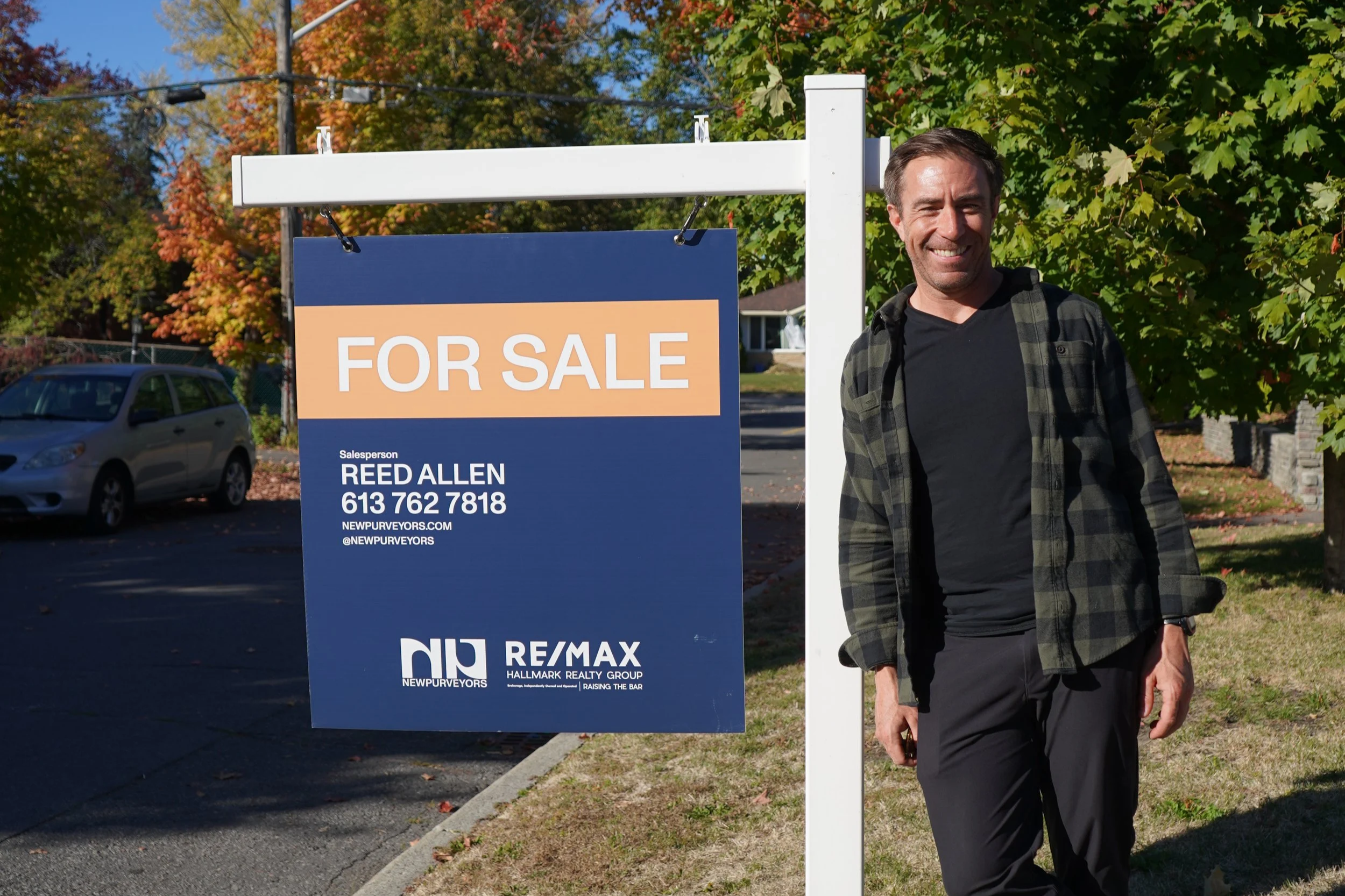The Real Cost of “Good Bones”: What That Phrase Really Means in Ottawa Real Estate
If you’ve ever watched a home show or toured an older house, you’ve probably heard the phrase: “It has good bones.”
It sounds reassuring — like the house is solid, well-built, and just needs a little cosmetic love. But in real life, that phrase can mean anything from “structurally sound” to “prepare your wallet.”
Here’s what “good bones” actually means in Ottawa real estate — and what it might really cost you.
1. What People Think It Means
Most buyers hear “good bones” and picture a sturdy, well-built house that just needs paint and flooring. In real estate talk, it’s often used to soften the blow of outdated décor or tired finishes.
Usually, the implication is:
Solid foundation
Straight walls
Original craftsmanship
Functional layout
Potential for upgrades
And sometimes that’s true. Ottawa has plenty of homes — especially in older areas like The Glebe, Old Ottawa South, and Civic Hospital — that were built with high-quality materials and stand the test of time.
But “good bones” isn’t a guarantee. It’s more of a guess — and that’s where buyers need to dig deeper.
2. What It Can Actually Mean (The Expensive Kind)
A home can look solid while quietly hiding thousands of dollars in repairs. In Ottawa’s older neighbourhoods, “good bones” might come with:
Knob-and-tube wiring (common pre-1950) → costly to replace and insurance-unfriendly
Aging foundations → minor cracks can turn into water issues
Single-pane windows or poor insulation → skyrocketing hydro bills
Old plumbing materials → lead or galvanized pipes need full replacement
A “character” layout → awkward rooms that make renovations pricey
When someone says “good bones,” always ask: Which bones, exactly?
3. The Structural Test: How to Know If It’s Actually Sound
If you’re buying an older home, these are the signs that it truly has good bones — and not just good staging.
✅ Level floors and tight door frames: Shifting foundations often cause uneven floors and sticking doors.
✅ Dry basement with no odour: Dampness or efflorescence (white residue) means water’s sneaking in.
✅ Updated wiring and panel: Aluminum or knob-and-tube = expensive upgrades.
✅ No major cracks above windows or door frames: That’s where settling stress shows first.
✅ Recent roof and foundation work: Ask for receipts — “recent” can mean anything.
If you’re unsure, bring in a home inspector before making an emotional decision. The $500–$700 inspection fee can save you tens of thousands later.
4. What “Good Bones” Can Still Cost You
Even when the structure is fine, “good bones” homes almost always come with hidden modernization costs:
UpgradeAverage Ottawa Cost (2025)Why It MattersFull electrical rewiring$12,000–$18,000Required for insurance + safetyWindow replacements$10,000–$20,000Energy efficiency + comfortBasement waterproofing$8,000–$15,000Protects foundation and resaleRoof replacement$7,000–$12,000Prevents interior damageInsulation top-up$3,000–$6,000Reduces heating costs
These aren’t luxuries — they’re essentials to bring older homes up to modern standards.
5. When “Good Bones” Is Actually Worth It
Sometimes, a home with good bones really is a smart buy. Here’s when it works in your favour:
The structure is solid and mechanicals are in good shape
The price reflects the updates needed
You have a clear renovation budget and timeline
You plan to stay long-term (5+ years)
If you can handle surface-level updates like flooring, paint, and kitchens — while avoiding major foundation or wiring work — you can build instant equity by improving a solid house that others overlook.
6. When It’s Just a Nice Phrase
Sometimes “good bones” is just code for:
“It’s old, but let’s focus on the positives.”
If the listing photos show panelled basements, drop ceilings, or radiators without upgraded plumbing, be cautious. Always match the phrase to facts: the home either has structural integrity or it doesn’t.
7. The Bottom Line
In Ottawa’s mix of century homes and post-war builds, “good bones” can mean anything — from “ready for your dream renovation” to “brace yourself for a $50,000 upgrade list.”
The phrase itself isn’t bad — it’s just incomplete.
Before you fall for charm or character, check what’s underneath: the wiring, the foundation, the insulation, the moisture levels.
Because in real estate, the bones might be good — but the costs can still hurt.





























